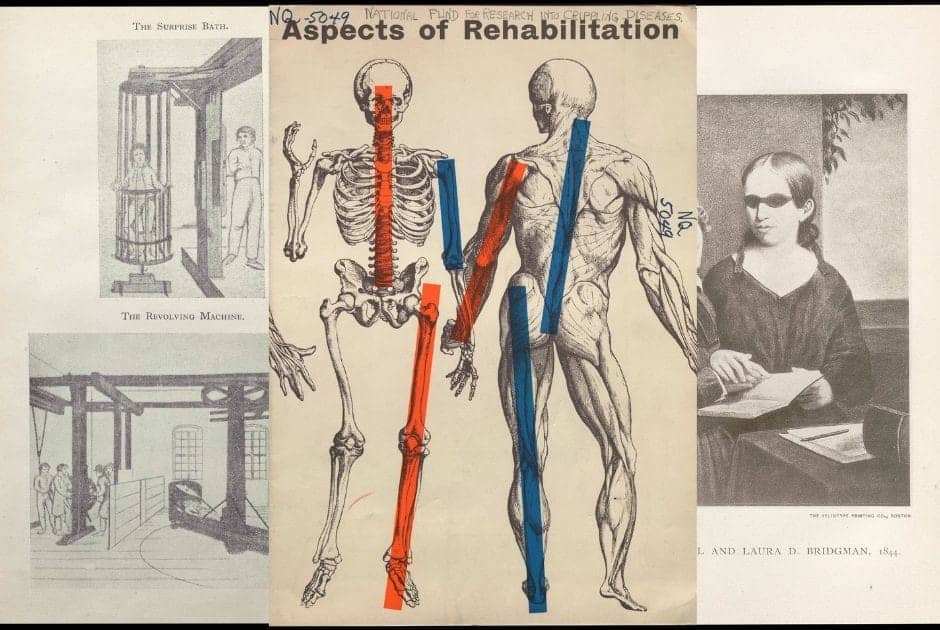│By Philip Virta, Senior Acquisitions Editor
Disability studies is a growing field in academia that examines disability as a social, cultural, and political phenomenon. Seeing how far we have come as a society in terms of equal rights for people with disabilities is heartening, yet how has disability been viewed both historically and contemporarily?
Introducing Disabilities in Society, Seventeenth to Twentieth Century
To provide historical evidence demonstrating how society has interacted with and regarded individuals with disabilities, Gale Primary Sources, in partnership with the New York Academy of Medicine Library, has released Disabilities in Society, Seventeenth to Twentieth Century.
The archive provides a wide variety of primary sources addressing the history of disabilities. Users will find information on treatments, policies, institutional records, studies, advice, and personal accounts. It is these personal accounts that are sometimes most intriguing as they provide a more human perspective on the experiences of people with disabilities.
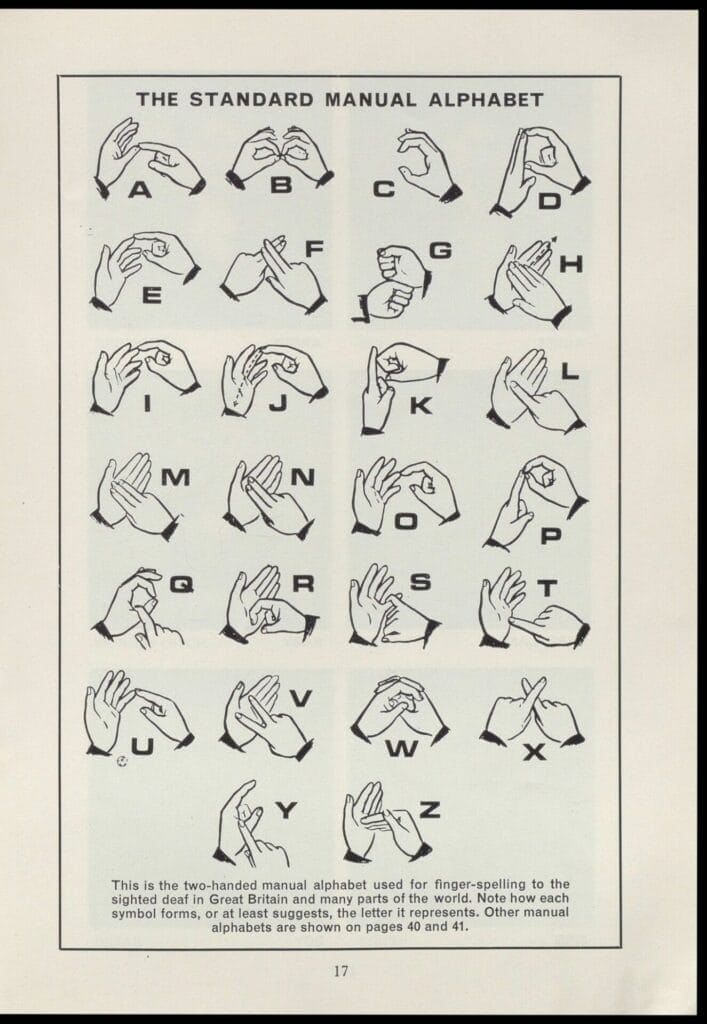
Sutcliffe, T. H. Conversation with the Deaf. The Royal National Institute for the Deaf, 1968. History of Disabilities. https://link.gale.com/apps/doc/OILQIP088935795/HODI?u=omni&sid=bookmark-HODI&xid=bdac8531&pg=21
Defining Disability
Disability is a definition imposed by society on people who may or may not agree to being characterized that way, and it should also be noted that not all disabilities are visible. According to the World Health Organization, disability is part of being human.
Disability results from the interaction between individuals with a health condition, such as cerebral palsy, Down syndrome, or depression, with personal and environmental factors including negative attitudes, inaccessible transportation and public buildings, and limited social support.
Terminology used throughout the archive may be considered offensive, but these are historical terms that were in common usage at the time. Rather than hide this history due to what is now perceived as negative or offensive language, we can challenge and study it in the context in which it was used.
Collections within the Archive
There are five collections within the archive consisting of pamphlets, books, a bound collection, and the personal papers of two medical professionals. Let’s explore the collections in a little more detail.
Pamphlets about Disabilities from the New York Academy of Medicine Library
Presented here are nearly 3,000 rare pamphlets from the nineteenth and twentieth centuries representing descriptions of disabilities, treatments, reports, treatises, policies, advertisements for equipment, handbooks, and more.
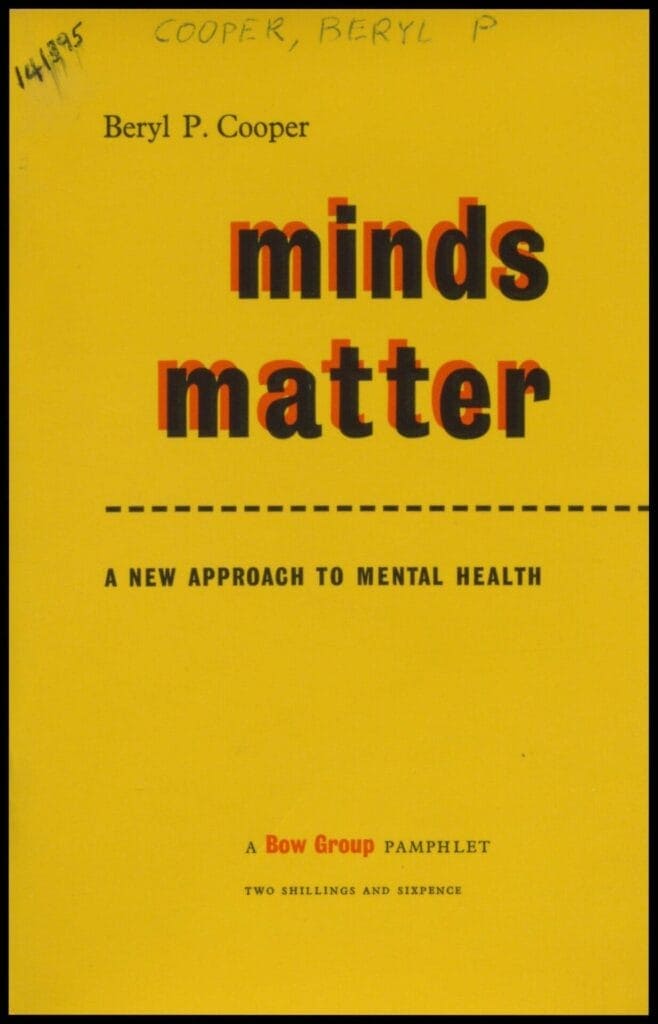
https://link.gale.com/apps/doc/NXPYQF152400257/HODI?u=omni&sid=bookmark-HODI&xid=4f25e62b&pg=1
Some of these pamphlets are informational guides for parents, educators, or caregivers of disabled children and adults. Some pamphlets are advertisements for the healing waters of various natural springs, or the healthy climates and specialized treatments of sanatoriums (aka sanitariums). There are also more sinister publications concerning eugenics policies, sterilization, and elimination of the unfit.
Through these pamphlets we can trace the history of the treatment, care, schooling, rehabilitation, and vocational education of people with disabilities. We can also examine how disabilities were viewed from a medical, legal, political, and social perspective.
Books about Disabilities from the New York Academy of Medicine Library
This collection of historical books covers a wide range of disabilities and documents diagnoses, treatments, and medical knowledge of the time. These volumes offer a fascinating look at a changing society and help us understand the progress we have, and have not, made.
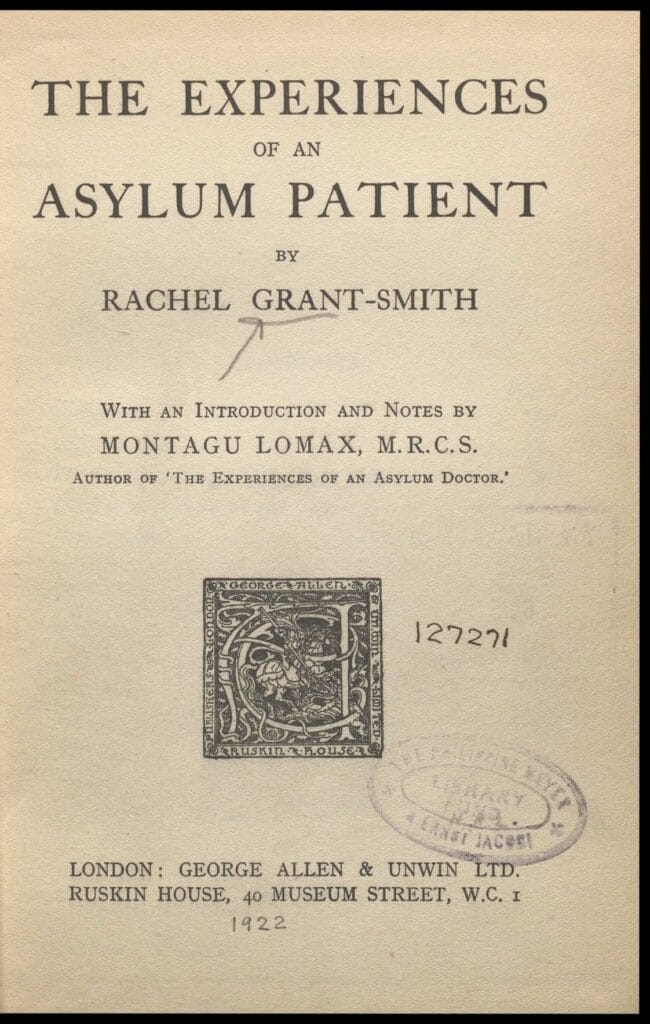
https://link.gale.com/apps/doc/PZJXSV143421160/HODI?u=omni&sid=bookmark-HODI&xid=7a9ab719&pg=7
The books in this collection use categories assigned by the New York Academy of Medicine Library from the nineteenth to early twentieth century. While many of the terms are considered offensive, they are important for the historical study of disabilities. The categories include:
- Amputees
- Blind
- Cripples
- Deaf
- Defectives (Mental)
- Delinquents
- Disabled
- Exceptional Children (“exceptional” meaning “not typical” or disabled)
- Handicapped
- Idiots
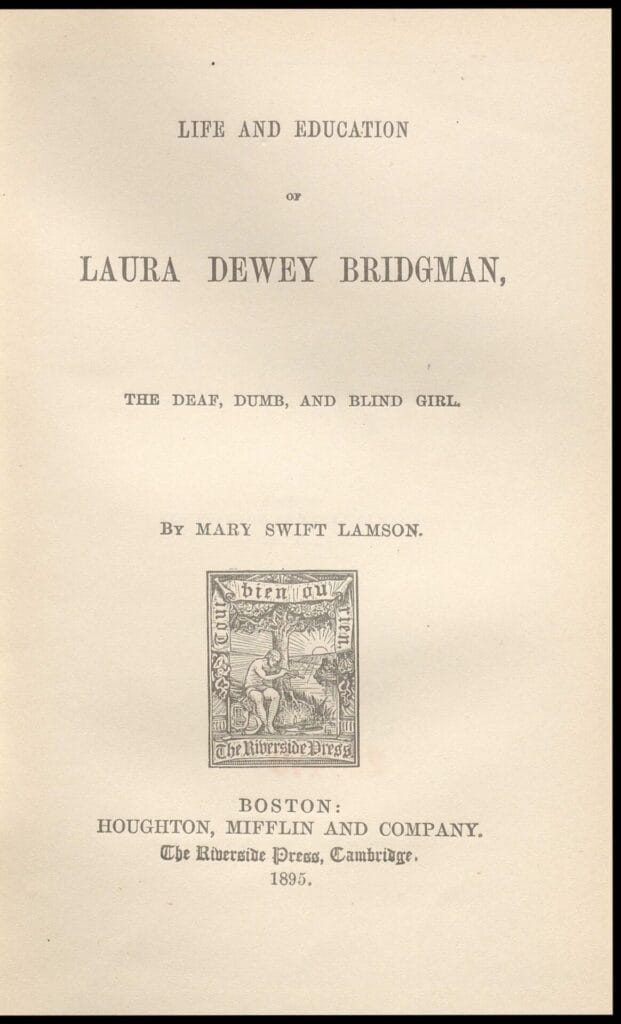
https://link.gale.com/apps/doc/PLNAMD051861227/HODI?u=omni&sid=bookmark-HODI&xid=c2da050a&pg=11
Douglas C. McMurtrie Cripples Collection
Note: the use of the term “Cripples” in the collection title is intentional; this is a historical term used by McMurtrie to name the collection he created. It is used here in its historical connotation as commonly employed by society during the nineteenth and early twentieth centuries.
Douglas McMurtrie was the director of the Red Cross Institute for Crippled and Disabled Men around the time of the First World War and the collection consists of nearly 300 bound volumes. The volumes contain approximately 3,500 separate books, pamphlets, reports, and articles from the European continent, North America, and the United Kingdom and its Dominions mostly dating from the 1920s to the early 1920s. The collection examines disability and the disabled, especially children.
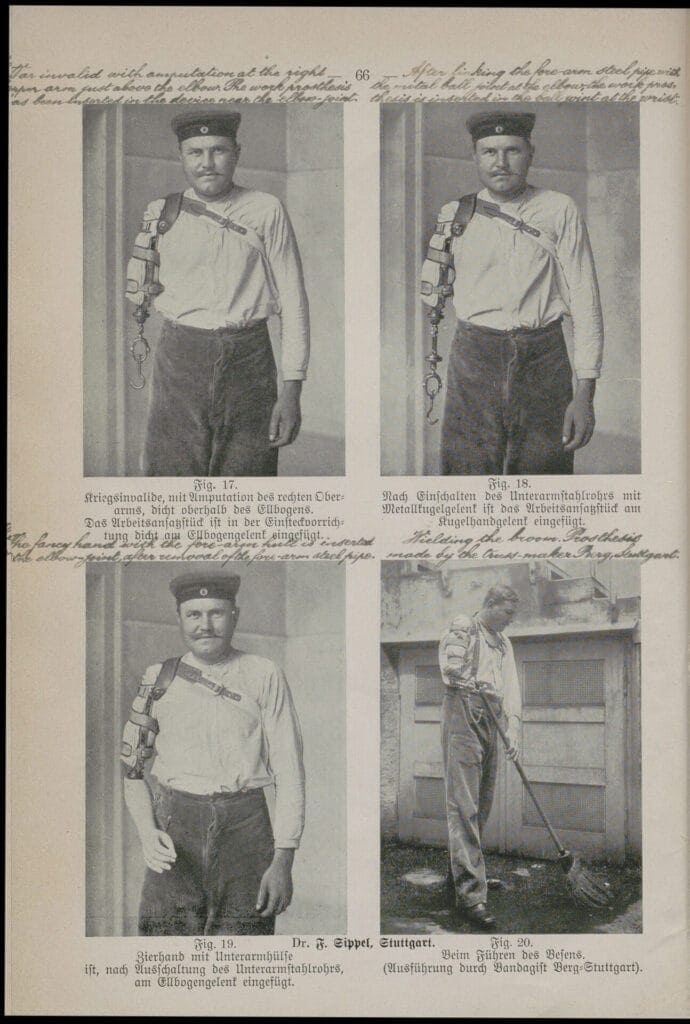
https://link.gale.com/apps/doc/AMNTTH957894559/HODIu=omni&sid=bookmark-HODI&xid=46cca1b9&pg=86
The McMurtrie collection provides a window into the development of rehabilitative care in the early twentieth century, demonstrating that transnational medical networks operated and expanded throughout the First World War and that the transmission of information and ideology often went hand-in-hand. McMurtrie espoused the “gospel of rehabilitation”—he dedicated himself to returning the disabled person to independence and self-sufficiency that he might eschew charity and compete fairly in the labor marketplace.
McMurtrie’s collection is an astonishing record of a particular moment in disability history. It demonstrates how social attitudes toward people with disabilities began to change, and how the medical profession, scientists, and inventors began to shift their focus toward rehabilitation, independence, and self-sufficiency.
Charles Loomis Dana Papers, 1876-1932
Note: this collection includes handwritten text recognition.
This collection documents Dr. Charles Loomis Dana’s (1852-1935) medical career and professional life. His professional papers include published articles and reprints, manuscripts for speeches and books, handwritten notes, and research materials. Topics documented include handwriting, telepathy, insanity, psychiatry, alcohol, medical history, early physicians, and printing.
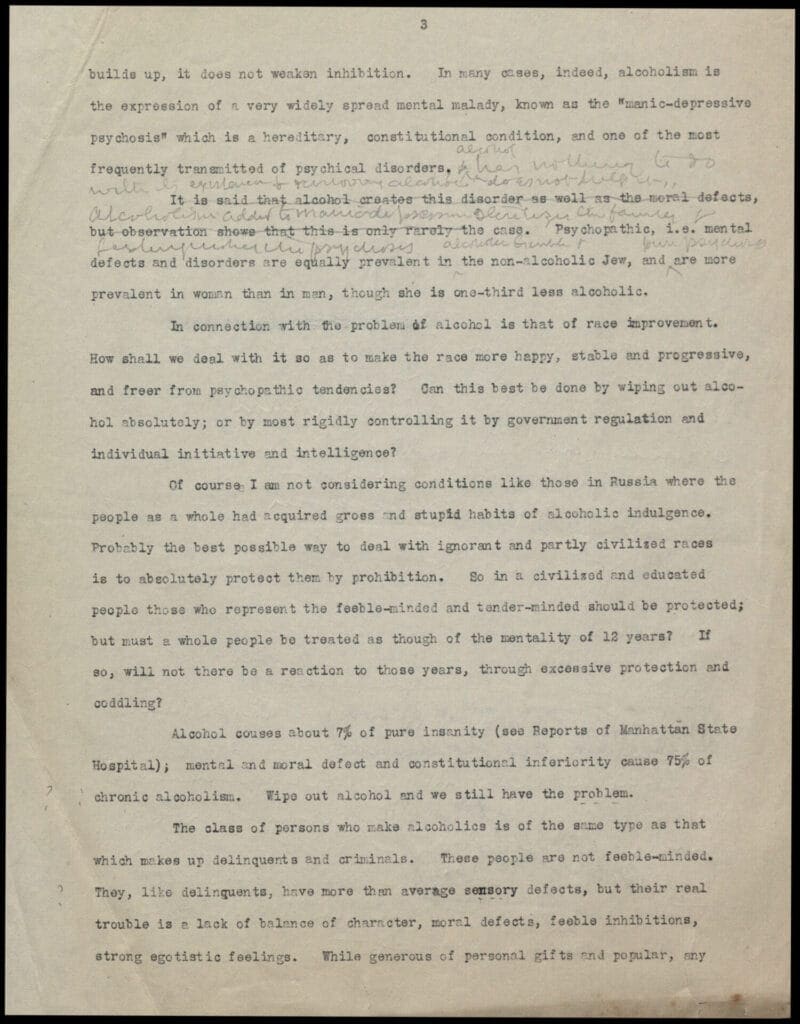
https://link.gale.com/apps/doc/ASNUPO906422582/HODI?u=omni&sid=bookmark-HODI&xid=bf210c94&pg=4
The case records and correspondence document Dr. Dana’s medical practice from 1918-1929. They include patient histories, along with correspondence and other records related to his patients. Some of the more common conditions found in Dana’s cases include depression, anxiety, paranoia, insomnia, dementia praecox, migraines, neurasthenia, psychasthenia, epilepsy, lateral sclerosis, tinnitus, encephalitis, and encephalitis lethargica.
Alexander E. Macdonald Papers and Photographs, 1865-1906
Note: this collection includes handwritten text recognition.
The Alexander E. Macdonald Papers and Photographs collection spans his long medical career as a prominent New York psychiatrist. In 1874, Dr. Macdonald began his long tenure at the New York City Asylum for the Insane, Ward’s Island (later renamed the Manhattan State Hospital East), and in 1886, Dr. Macdonald became general superintendent of the New York City Asylums.
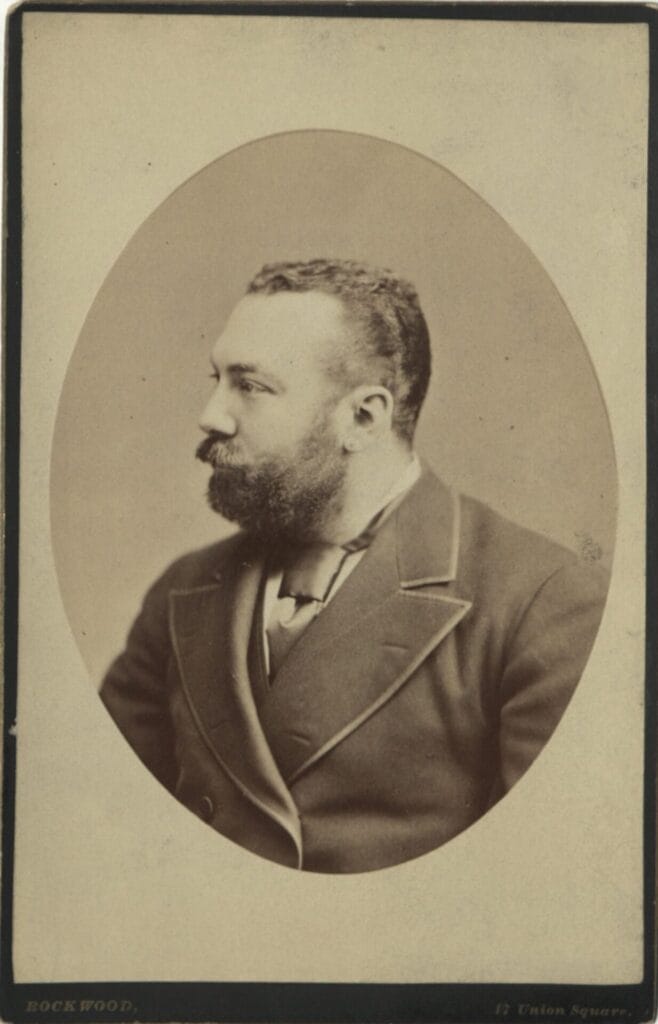
Notable achievements during Dr. Macdonald’s career include his frequent consultation as an expert witness in important trials including the Guiteau, Rhinelander and Stokes cases, as well as his work in the care of the tubercular insane, and the introduction of tent life for their treatment. Dr. Macdonald also published widely and held a number of academic posts.
In an interesting sidenote, the Women’s Lunatic Asylum on Blackwell’s Island was part of Dr. MacDonald’s purview, and that is just one of the four Manhattan-area institutions that were frequently investigated for a variety of failures in care. Journalist Nellie Bly’s 1887 exposé on deplorable conditions in the women’s asylum prompted many reforms. It will be interesting to research MacDonald’s notes and reports from the time period to understand his response and actions following the report.
Understanding the past helps shape our future
Disabilities in Society allows us to learn how people with disabilities have been treated over time and in different cultures, and how they have interacted with and navigated the society in which they lived. To build a better future for everyone, we must not only learn from the mistakes of our past, but also take inspiration from the individuals who strove to make a better, more equitable world.
If you enjoyed reading about Disabilities in Society, Seventeenth to Twentieth Century, check out these posts:
- Early Modern Medicine: Women’s Sexual and Reproductive Health
- Pride and Protest: LGBT+ Disability Activism in the US, 1985-1995
- Using Archives Unbound to Explore the Agency of the Oppressed
Blog post cover image citation: A selection of materials from Disabilities in Society, Seventeenth to Twentieth Century

